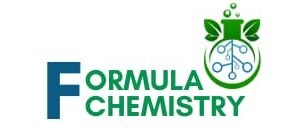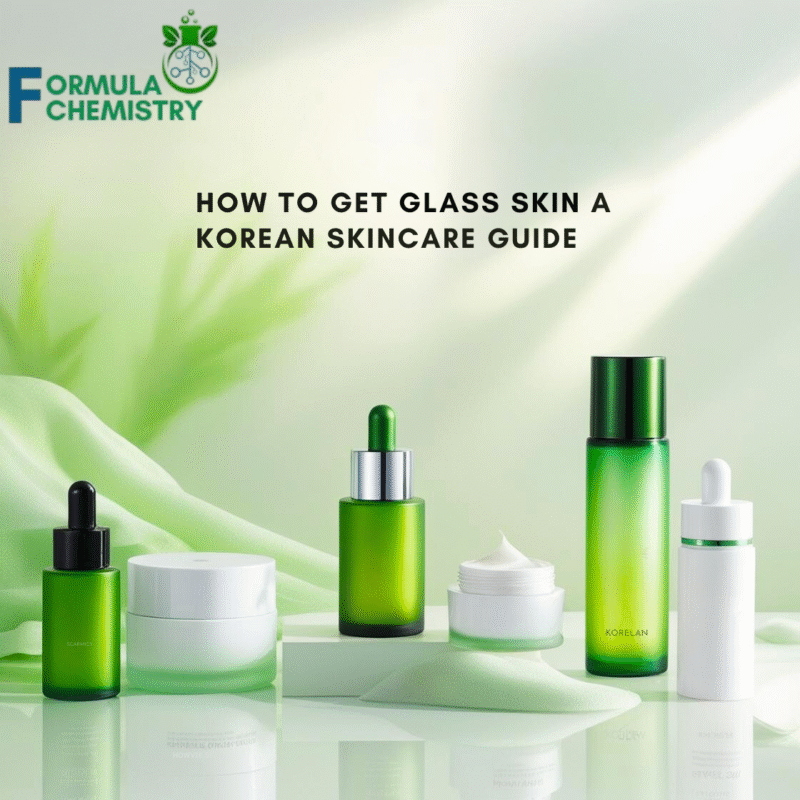Introduction
Korean skincare isn’t just a trend—it’s a philosophy rooted in prevention, care, and skin health preservation. Unlike reactive approaches often seen in Western skincare, K-beauty focuses on nurturing the skin before damage occurs. It emphasizes hydration, barrier protection, gentle exfoliation, and consistent sun care.
The hallmark 10-step Korean skincare routine might seem extensive, but it’s designed for flexibility. Not every step needs to be followed daily, and the products you choose should reflect your skin’s unique needs. This guide will not only explain each step’s purpose but also share expert tips, recommended ingredients, and best practices.
What Makes Korean Skincare Different?
Korean skincare stands apart because of its:
- Layering system: Using multiple lightweight, hydrating products instead of a few heavy ones for deeper, even absorption.
- Focus on prevention: Avoiding skin concerns like aging, pigmentation, and sensitivity before they appear.
- Innovative ingredients: Embracing natural, fermented, and cutting-edge actives like snail mucin, propolis, centella asiatica, rice water, and ginseng.
- Gentle formulations: Free from harsh alcohols, artificial dyes, and synthetic fragrances.
- Skin barrier care: Products are designed to strengthen the skin barrier, preventing dehydration and environmental damage.
This holistic, nurturing philosophy has made K-beauty skincare routines globally respected for their effectiveness and skin-friendly approach.
The Complete 10-Step Korean Skincare Routine (Detailed)
Let’s unpack what makes each step essential and how to use it correctly.
1. Oil-Based Cleanser
Purpose: Dissolves oil-based impurities like sunscreen, makeup, and excess sebum.
Why it matters: Regular cleansers often struggle to break down oil-soluble debris. Starting with an oil cleanser ensures a thorough, gentle cleanse without over-stripping the skin’s natural oils.
Key ingredients to look for:
- Jojoba oil: Non-comedogenic and balances sebum production.
- Rice bran oil: Brightens and softens.
- Green tea extract: Antioxidant-rich and calming.
Application tip: Apply to dry skin. Massage gently for 60–90 seconds, then emulsify with warm water and rinse.
2. Water-Based Cleanser
Purpose: Removes sweat, dirt, and leftover water-based impurities after oil cleansing.
Why it matters: This step completes the double cleansing method, ensuring skin is thoroughly clean without disrupting its natural barrier.
Key ingredients:
- Centella asiatica: Soothes and reduces inflammation.
- Hyaluronic acid: Maintains moisture balance.
- Licorice root extract: Brightens and calms redness.
Application tip: Use lukewarm water and gentle circular motions for 30–60 seconds.
3. Exfoliator
Purpose: Removes dead skin cells and unclogs pores to smooth texture and boost product absorption.
Why it matters: Dead skin can block pores and dull your complexion. Exfoliating reveals fresh, healthy skin beneath.
Types of exfoliants:
- Physical exfoliants: Use fine granules like rice powder or sugar.
- Chemical exfoliants:
- AHA (alpha-hydroxy acids): Best for dry, aging skin (lactic, glycolic acid).
- BHA (beta-hydroxy acid): Best for oily, acne-prone skin (salicylic acid).
- AHA (alpha-hydroxy acids): Best for dry, aging skin (lactic, glycolic acid).
Frequency: 1–2 times a week.
Application tip: Follow immediately with a hydrating toner or essence to calm skin.
4. Toner
Purpose: Balances skin’s pH, replenishes hydration, and prepares skin for absorption of following treatments.
Why it matters: Post-cleansing skin can become slightly alkaline, leading to dehydration and sensitivity. Toners rehydrate and reset skin’s ideal pH.
Key ingredients:
- Birch sap: Hydrating and soothing.
- Chamomile: Anti-inflammatory.
- Beta-glucan: Calms and strengthens.
Application tip: Gently pat into skin using hands for maximum absorption.
5. Essence
Purpose: A watery, hydrating liquid that boosts moisture retention and encourages cell turnover.
Why it matters: Essences act as a bridge between toners and treatments, improving skin resilience and vibrancy.
Key ingredients:
- Galactomyces ferment filtrate: Brightening and skin-texture refining.
- Snail mucin: Repairing and hydrating.
- Niacinamide: Strengthens barrier, evens skin tone.
Application tip: Pat in multiple layers for a “chok chok” (plump and dewy) effect.
6. Serum or Ampoule
Purpose: Delivers concentrated active ingredients to target specific concerns.
Why it matters: Serums and ampoules have a smaller molecular size, allowing deeper penetration to tackle concerns like fine lines, pigmentation, and acne.
Key ingredients by concern:
- Pigmentation: Vitamin C, arbutin.
- Acne-prone skin: Tea tree, centella asiatica.
- Anti-aging: Peptides, adenosine, ginseng extract.
Application tip: Use thinnest to thickest serum if layering.
7. Sheet Mask
Purpose: Provides intensive hydration and nourishment through prolonged contact.
Why it matters: The occlusive nature of sheet masks allows active ingredients to deeply penetrate while boosting skin’s water content.
Key ingredients:
- Propolis: Anti-inflammatory, healing.
- Pearl extract: Brightening.
- Collagen: Firming and plumping.
Application tip: Leave on for 15–20 minutes. Massage leftover essence into face, neck, and hands.
8. Eye Cream
Purpose: Hydrates and protects the delicate under-eye area, reducing puffiness, dark circles, and fine lines.
Why it matters: The under-eye area lacks oil glands and is prone to early signs of aging.
Key ingredients:
- Caffeine: Reduces puffiness.
- Peptides: Firming and anti-aging.
- Panthenol: Hydrating.
Application tip: Use your ring finger to gently tap around the orbital bone.
9. Moisturizer
Purpose: Seals in hydration and previous skincare layers, strengthening the skin barrier.
Why it matters: Moisturizers prevent transepidermal water loss (TEWL), keeping skin soft, plump, and protected.
Key ingredients:
- Gel moisturizers: Green tea, centella for oily skin.
- Cream moisturizers: Ceramides, squalane for dry skin.
Application tip: Apply in upward motions, including neck and décolletage.
10. Sunscreen (Daytime Only)
Purpose: Protects skin from UV rays, preventing pigmentation, wrinkles, and loss of elasticity.
Why it matters: UV damage is the primary cause of premature skin aging and hyperpigmentation.
Key ingredients:
- Zinc oxide, titanium dioxide: Physical blockers.
- Chemical filters: Octinoxate, avobenzone for lightweight protection.
Application tip: Reapply every 2–3 hours outdoors.
How to Personalize Your Korean Skincare Routine
Not everyone needs 10 steps every day. Adjust based on:
- Skin type: Dry, oily, sensitive, combination.
- Weather and seasons: Richer products in winter, lightweight gels in summer.
- Skin condition: Skip exfoliation on irritated days.
Trending Korean Skincare Innovations in 2025
Popular trends:
- Skin barrier repair: Ceramides, panthenol.
- Fermented skincare: Probiotic-infused essences.
- Probiotic skincare: Strengthens skin microbiome.
- Eco-conscious beauty: Sustainable packaging, biodegradable sheet masks.
Conclusion
The 10-step Korean skincare routine is more than a beauty regimen—it’s a comprehensive care philosophy prioritizing gentle, gradual improvements and consistent skin health. Customize your routine, prioritize hydration and sun protection, and enjoy the natural glow of balanced, radiant skin.


